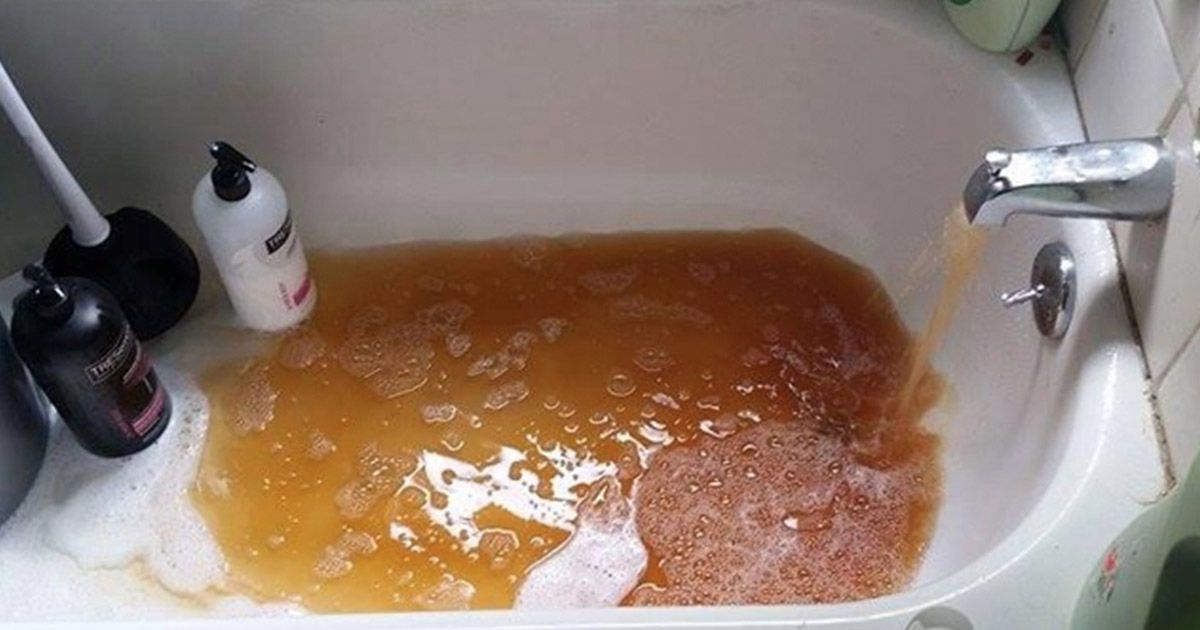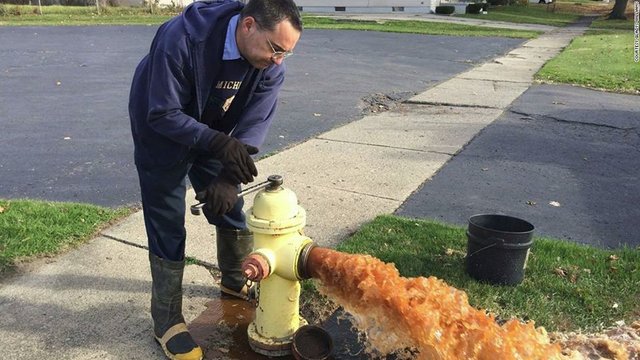The Flint, Michigan Water Crisis

Image Source
Stakeholders
The first stakeholder in the Flint, Michigan water crisis to take note of is the city government. Flint administrators are responsible for the development of this human-caused incident—the distribution of toxic water to another group of stakeholders: the public. Flint Michigan had been purchasing its water from the Detroit Water and Sewage Department since 1967. This changed in 2014 when the local government decided to switch its water source to the Flint River in 2014 (Masten et al., 2016, p. 23). Additionally, the city had failed to adequately test and update its water-infrastructure network.
As previously mentioned, the public is a group of stakeholders that has been negatively impacted by Flint’s change in water source. The people of Flint, Michigan had been subject to the threat of highly toxic water, and the change in quality was immediately apparent to these targets. The people of Flint attempted risk-communication with the third stakeholder in this crisis—the Sstate government. Citizens of Flint had noticed the change in sensory perception of their water condition. Upon doing so they reported this risk indicator to the Michigan Department of Environmental Quality. “Within a few weeks of the switch, residents started complaining about the color, taste, and odor of their drinking water. In May 2014, they informed officials that the water was causing rashes, especially in children” (Masten et al., 2016, p. 23).
However, the State Government’s response was lacking in qualitative risk assessment, and due to this, they did not effectively collaborate with the fourth stakeholder in this emergency—the Federal Government. “Yet interviews, documents and emails show that...officials at all levels of government acted in ways that contributed to the public health emergency and allowed it to persist for months” (Goodnough, Davey, & Smith & 2016, at large). This is also the case in adhering to Federal public protections “The authorities themselves did not agree on what the Federal rules meant” (Goodnough, Davey, & Smith & 2016, at large).
Incident and Response
The Flint, Michigan water crisis began in 2014 and is continuing today; progress is being made in ameliorating the abysmal water quality. Residents of the city were quick to respond to the incident by making complaints to authorities, but the State and Federal Governments were sluggish in rehabilitating the city’s infrastructure—contributing to the initial accidental hazard of utilizing the Flint River. “Within hours of Dr. Hanna-Attisha’s news conference, Michigan State officials pushed back — hard...the authorities had insisted for months, that the water met State and Federal standards. (Goodnough, Davey, & Smith & 2016, at large).
Whilst some citizens, such as Flint pediatrician Dr. Hanna-Attisha sought media coverage, news traction was not significant until after Michigan Governor Rick Snyder submitted a request to former President Obama that he declare the incident a state of emergency in 2016. Jiquanda Johnson, former reporter for The Flint Journal, states “Journalists have become lazy. We wait for the obvious and jump on trends. Flint's water crisis didn't make the social media cut so it was missed” (Strupp, 2016, at large).
However, Governor Snyder’s declaration could not be missed, and this caused the direct consequence of Federal involvement. Former President Obama then directed the Department of Homeland Security to take action in aiding Flint, Michigan. “Specifically, FEMA is authorized to identify, mobilize, and provide at its discretion, equipment and resources necessary to alleviate the impacts of the emergency” (The White House, 2016, at large). Furthermore, Congress passed legislation allocating funding to the Environmental Protection Agency for crisis relief projects. “EPA has awarded a $100 million grant to MDEQ to fund drinking water infrastructure upgrades in Flint. The funding, provided by the Water Infrastructure Improvements for the Nation (WIIN) Act of 2016, enables Flint to accelerate and expand its work to replace lead service lines and make other critical infrastructure improvements” (epa.gov, 2017, at large). It should be emphasized that such measures can and should have been taken sooner.

Image Source
References
Goodnough, Davey, and Smith. 2016. When the Water Turned Brown. New York Times Article.
Reference Link: https://www.nytimes.com/2016/01/24/us/when-the-water-turned-brown.html
Masten et al.. 2016. Flint Water Crisis: What Happened and Why?. Published in the
American Water Works Association. DOI: 108:12.
Strupp. 2016. How National Media Failed Flint. Media Matters for America Article. Reference
Link: https://www.mediamatters.org/blog/2016/02/11/how-national-media-failed-flint/208506
The White House Office of the Press Secretary. 2016. President Obama Signs Michigan
Emergency Declaration. Reference Link: https://obamawhitehouse.archives.gov/the-press-office/2016/01/16/president-obama-signs-michigan-emergency-declaration
United States Environmental Protection Agency. 2017. Flint Drinking Water Response. EPA
Awards $100 Million to Michigan for Flint Water Infrastructure Upgrades. Reference
Link: https://www.epa.gov/flint.

